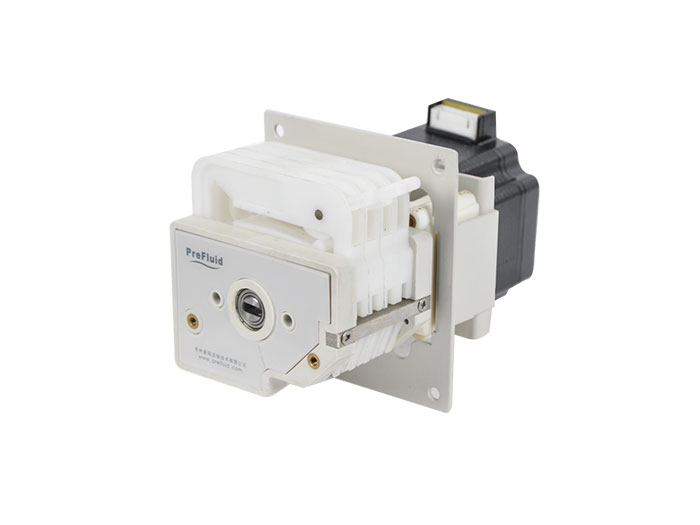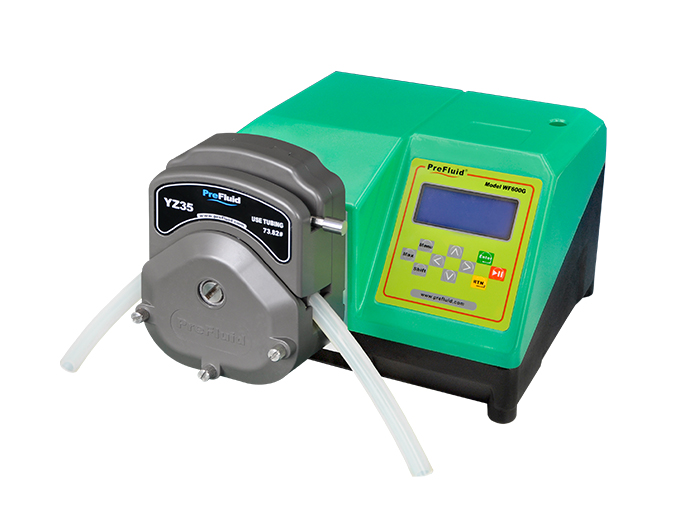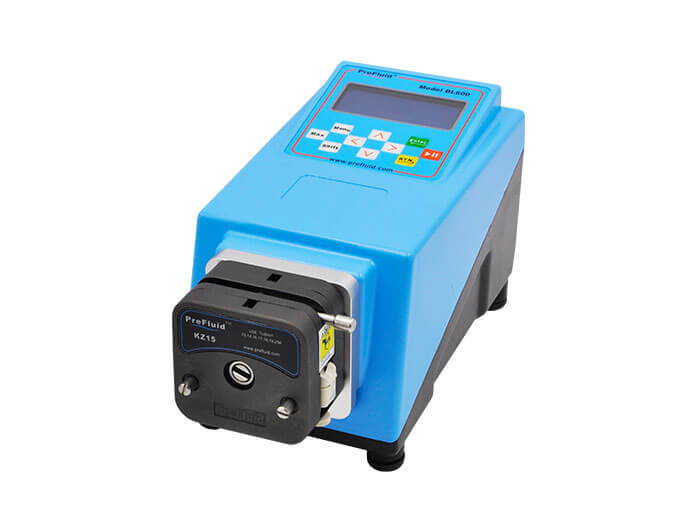The measurement of chlorine electrode can be carried out by photoelectric colorimetry or electrochemical sensing. The measurement principle of different brands of residual chlorine electrode can be understood and applied according to its characteristics. For example:

1, coated electrode: the electrode is immersed in the electrolyte chamber, the electrolyte chamber through the porous hydrophilic film and water contact. Hypochlorous acid diffuses into the electrolyte cavity through the porous hydrophilic film, forming a current on the electrode surface. The current depends on the speed of hypochlorous acid diffuses into the electrolyte cavity, and the diffusion speed is proportional to the concentration of residual chlorine in the solution. The concentration of residual chlorine in the solution can be determined by measuring the current.
Features: No reagents required. In the use of surfactants will drift, membrane pores will be blocked by lipids, the need to regularly clean and replace the diaphragm and electrolyte. DPD indicator should be used for calibration. When the pH of environment and water are measured synchronously, the actual bactericidal strength of water may be low considering that chlorine interferes with the bactericidal ability of water.
2, optical colorimetric method: industrial peristaltic pump into the DPD indicator and water reaction color, absorbent according to the color intensity to interpret the residual chlorine content.
Characteristics: The measured value and the pH value of water are different, humidity will affect the interpretation value. DPD indicator should be used for calibration. The measured environment is not synchronized with the pH of water, and the bactericidal ability of water is interfered by PH and chlorine, so the actual bactericidal strength of water may be low.
3. Non-membrane electrode: Residual chlorine is a strong oxidant, and its REDOX potential (ORP) has an exponential relationship with the residual chlorine content in the solution. The REDOX potential (ORP) is converted to the residual chlorine content by the program.
Characteristics: Conversion of residual chlorine by REDOX potential (ORP). Calibration should be done with zero and slope in conjunction with DPD indicator. The measured environment is synchronized with the pH of the water and the bonded chlorine. The measured value shows the converted residual chlorine value of the actual bactericidal strength of the water, and the actual residual chlorine concentration of the water may be too high.
The industrial peristaltic pump is composed of drive, pump head and hose. It is a liquid conveying device which can control the flow rate. The job turned out to be as simple as squeezing a fluid filled hose with a finger clamp, and moving the fluid along the tube as the finger slid forward. Industrial peristaltic pumps work the same way, but instead of the finger, the roller.
Fluid is pumped by alternately squeezing and releasing the pump's elastic delivery hose. The fluid is isolated in the pump tube, the pump tube can be replaced quickly, the fluid can be retrograde, can be quickly dry, low maintenance costs, constitute the main competitive advantages of the industrial peristaltic pump. It is not only used in medical treatment, but also in chemical, food, water treatment and other industries.

The service life is a topic that people are more concerned about, after all, we all hope that the longer the service lif...
Sep 11, 2023 Read Details
Peristaltic pump is a kind of compressed hose for work pump. Its working principle is to compress the hose to make the l...
May 12, 2023 Read Details
Peristaltic pump is a special fluid conveying equipment, widely used in chemical, food, pharmaceutical, environmental pr...
May 06, 2024 Read Details